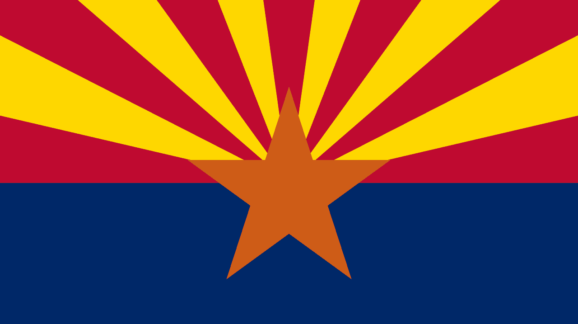Arizona Becomes First State to Establish FinTech Sandbox

 As the only state where all four North American deserts reside, it’s fitting that Arizona became the first state to establish a “sandbox” for financial technology firms.
As the only state where all four North American deserts reside, it’s fitting that Arizona became the first state to establish a “sandbox” for financial technology firms.
Earlier this week, Gov. Doug Ducey followed the lead of the United Kingdom, Australia, Singapore, and other nations by signing House Bill 2434 and establishing an innovative framework for regulating FinTech firms.
A “regulatory sandbox” is basically a testing ground for new business models. Because financial services are perhaps the most heavily regulated industry—with major statutes dating back to the Civil War—the enormous regulatory hurdles and compliance costs can crush innovation before it starts. Currently, it cost tens of thousands of dollars and many months of compliance work for a start up to establish itself in just one state. Even worse, to operate nationally, FinTech firms would have to obtain licenses across all 50 states. That process can take several years and cost millions of dollars.
By establishing a regulatory environment that allows entrepreneurs to launch and test products on a smaller scale without having to incur the costs of becoming fully licensed under state law, financial innovation has a chance to succeed. As Arizona Attorney General Mark Brnovich described it:
In Arizona’s sandbox, startups, entrepreneurs, and even established companies can launch products on a limited, temporary scale to consumers to test innovative products, services, business models, and delivery mechanisms in the real market without incurring the regulatory costs and burdens that would otherwise be imposed.
Arizona’s sandbox will work like this: from the date of approval, the participant has two years in the sandbox with the possibility for a one-year extension, with the program ending on July 1, 2028. Up to 10,000 Arizona residents can use the product or service (however, if a participant demonstrates adequate capitalization and risk management, they may be able to serve up to 17,500 consumers.) Total lending per consumer is capped at $50,000 and individual transactions with a consumer are capped at $15,000. The Arizona Consumer Fraud Act remains applicable, as do all statutory limits and caps in Arizona law related to financial transactions (payday lending, for example, is prohibited in Arizona, with other small dollar loans capped at a 36 annual rercentage rate.) Certain disclosure and record keeping requirements will likewise remain in effect.
The Attorney General must accept and review each application for entry. The application must demonstrate that a company has a new kind of technology that addresses a problem or provides a benefit that is not known by the attorney general to have a comparable widespread offering in the state. Further, the company must provide a detailed plan to test and monitor the product as well as ensuring consumer protection in case the product fails.
One hurdle to pass for the Arizona proposal is receiving regulatory waivers from federal regulators, such as the Consumer Financial Protection Bureau. As Brian Knight of the Mercatus Center has pointed out, federal action will be required to protect state sandboxes, including limiting the ability of federal regulators to bring enforcement actions against firms engaged in a state sandbox. As Knight has further proposed, the CFPB could promulgate a rule that would exempt state sandbox conduct from the Bureau’s authority. At this point, Arizona’s Brnovich has announced intentions to ask the federal government for waivers to help facilitate the program.
As the first of its kind in the U.S., Arizona’s approach to regulation could serve as a model for other states to adopt. Indeed, similar legislation has been introduced in Illinois and elsewhere. One of the most promising provisions of the bill includes state reciprocity that would allow Arizona participants to operate in other jurisdictions with similar programs. This could allow states a kind of “passporting” right, where they can export products across state borders into similar jurisdictions.
The effort by Arizona’s government to implement a regulatory sandbox for FinTech is certainly admirable. From the outset, the approach is encouraging, although ultimately it will depend on how it is executed. The wide discretion given to the attorney general’s office, for example, could mean participation in the sandbox changes across administrations. But through all the conversations about fostering startups in the finance space, the fact should not be lost on people that all of these efforts are only required because financial regulation is so vast and complex. Ten years on from the financial crisis, provisions of the Dodd-Frank Act have only further entrenched the largest institutions through restraining competition, while finance remains as perhaps the last arena impacted by technological innovation, precisely because of the regulatory barriers to entry. So while sandboxes are no doubt important for new firms, this kind of light-touch regulatory approach should not be limited to startups, but become the basis of regulation across the financial system.